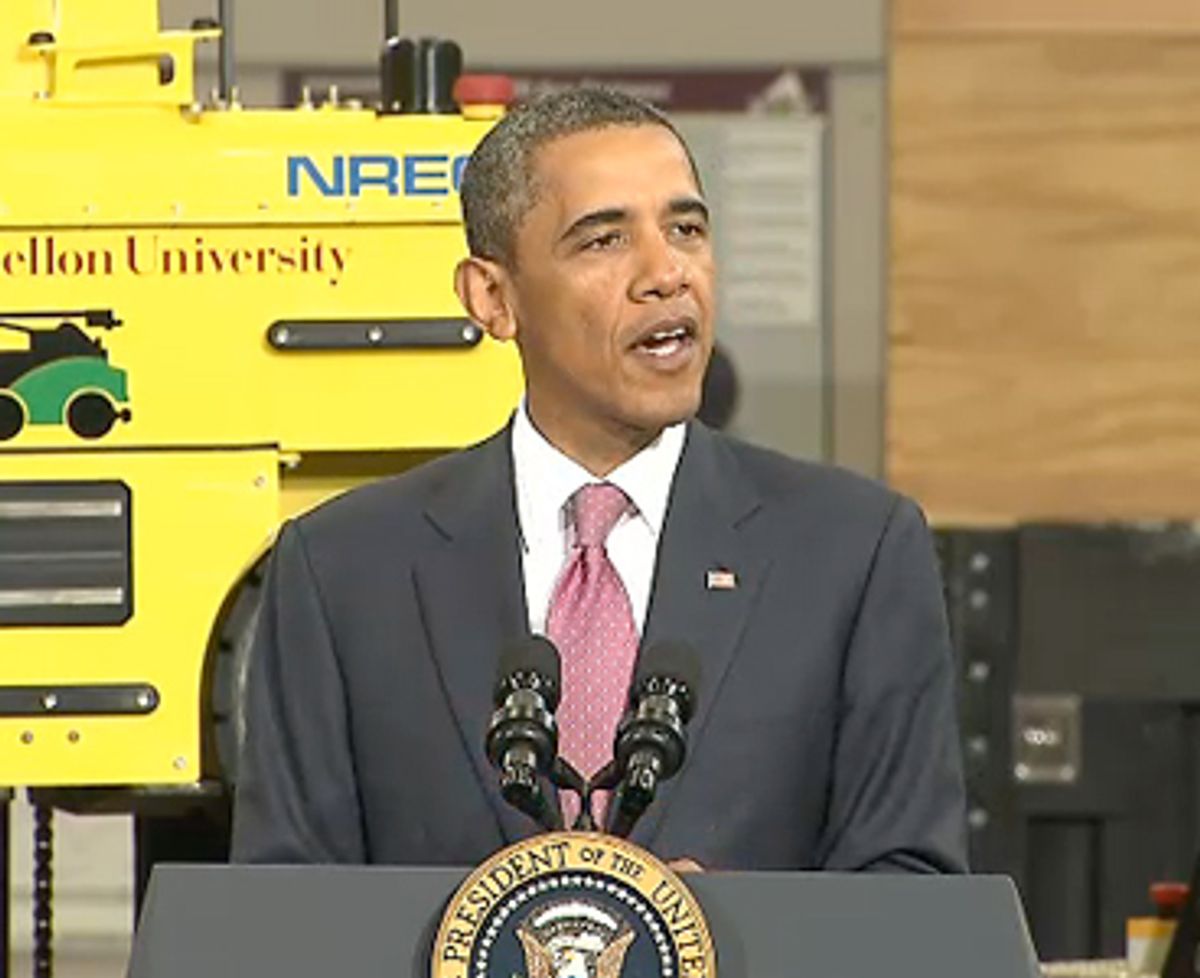The estimated $10 billion the US Federal government has invested in nanotechnology over the last decade was all intended to create a new economic stimulus for the US economy. The plan was that nanotechnology would be a new source of jobs in the US and a partial remedy for the loss of its manufacturing base.
However, during that 10-year period there has been a fair amount of disappointment and frustration at what nanotechnology promised and what it in fact delivered in economic terms.
Frankly, this kind of reaction was inevitable after investors and business types were still hung over from the Internet bubble bursting.
Seven to ten years of long-term investment just did not work with the funding mechanisms--like venture capital--that had fueled the Internet’s development. And it seemed no one could really come to terms with this. So significant has been this funding gap that I have argued that it has likely been the most important story about nanotechnology over the last decade.
While I have expressed my doubts about Russia’s nanotechnology initiative, I have admired their decision to not only fund basic research but set up a funding mechanism that can move basic research into products and commercialization.
Rickert in his piece breaks down how that half-a-billion dollars will be allocated:
- $300 million in domestic manufacturing in critical national security industries. That includes high-efficiency batteries and advanced composites —where nanotech leads.
- $100 million for the research, training and infrastructure to develop and commercialize advanced materials at twice the speed and a greatly reduced price.
- $12 million from the Commerce Department for an advanced manufacturing technology consortium charged with streamlining new product commercialization.
- $24 million from the Defense Department for advances in weaponry and programs to reduce development timetables that enable entrepreneurs get into the game.
- $12 million for consortia to tackle common technological barriers to new product development—the way earlier partnerships approached nanoelectronics
- A group of the nation's top engineering schools will collaborate to accelerate the lab-to-factory timetable with AMP connecting them to manufacturers.
While I am not entirely clear on how the $300 million will be spent on “domestic manufacturing in critical national security industries”, I do hope that it will bridge that funding gap for companies that don’t want another SBIR grant or can’t get one, but need capital to go on to an industrial scale.
My concern is that a small company that has spun itself out from a university, developed some advanced prototypes, lined up their market, and picked their management group still need by some estimates somewhere in the neighborhood of $10 to $30 million to scale up to being an industrial manufacturer of a product.
That means that $300 million could start up anywhere from 10 to 30 companies. Not exactly the next industrial revolution.
I more or less agree with Rickert’s conclusion that the AMP should remain focused on private investment. But perhaps there needs to be a bigger priming of the pumps to make the investment more appealing to the private sector. When capital can be invested in derivatives and credit swap defaults that provide huge returns, breaking even after 5-10 years is not as appealing as one might think.
Dexter Johnson is a contributing editor at IEEE Spectrum, with a focus on nanotechnology.




